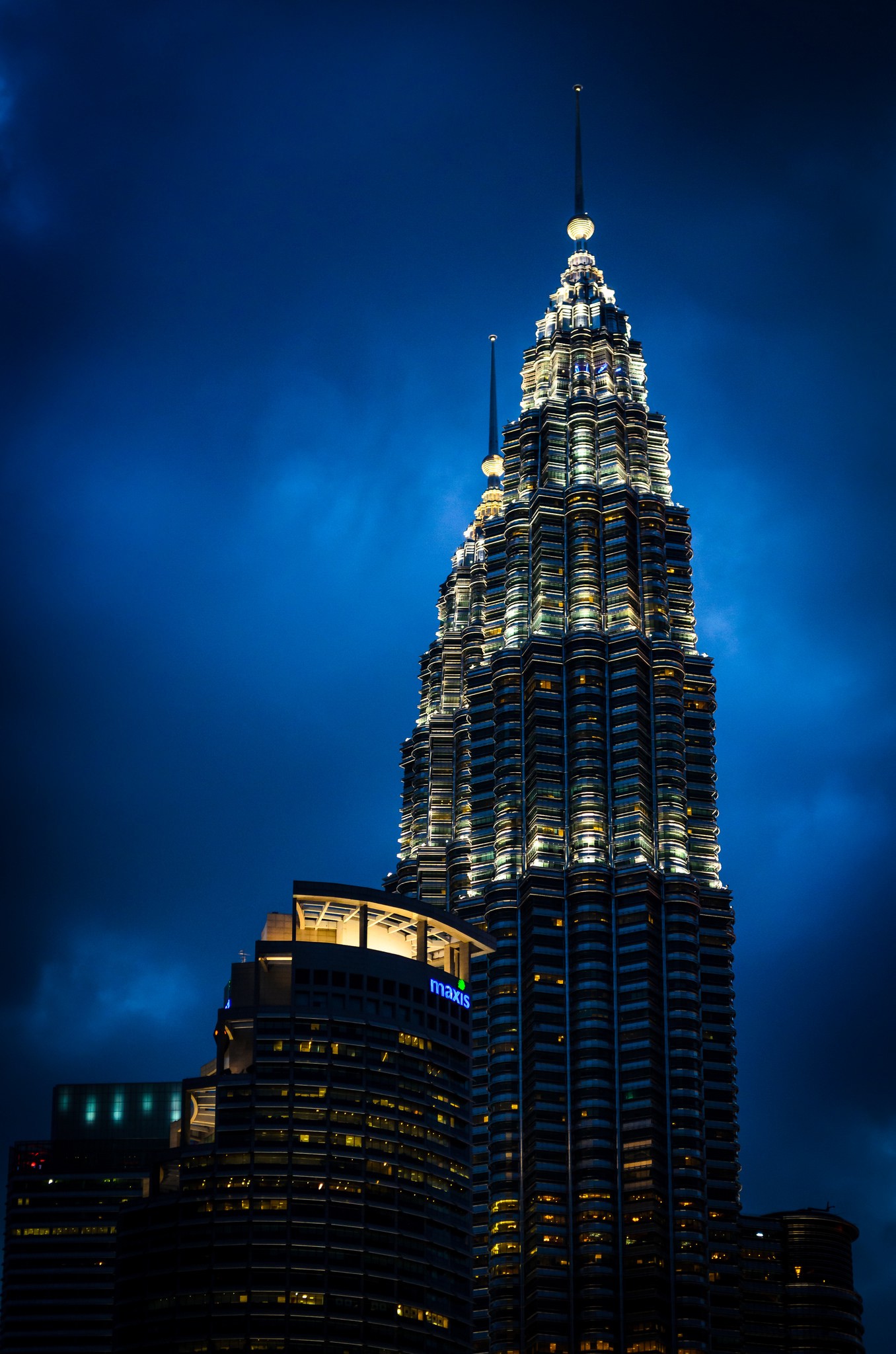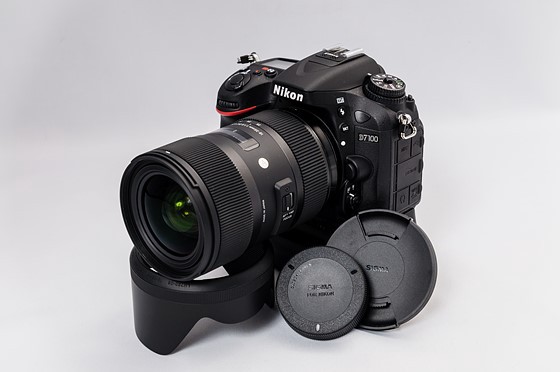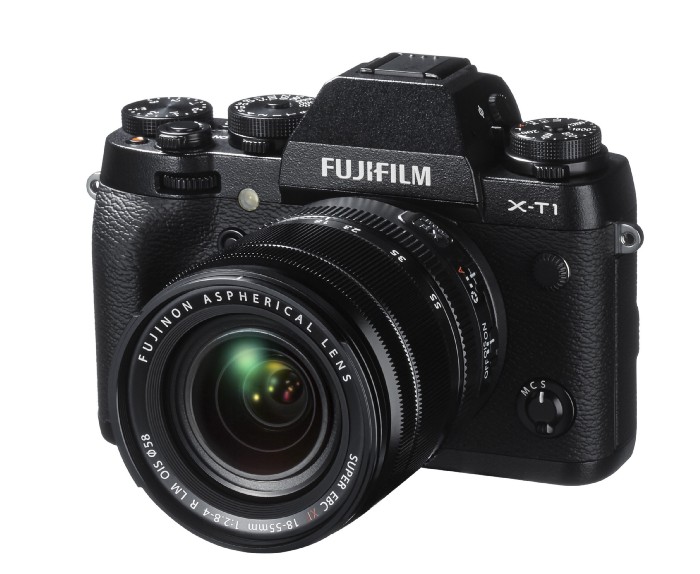Switching from D7100, E-M1 to X-T1
Compare to any other “switching gears” article which mostly highlighted on which brand they are switched from and to, I’ll start my article to be more specific on which gears that I’m switching from and to.
But first, I will tell a story of my photography journey since I was a kid until I bought my first DLSR in late 2013 and switching to mirrorless systems.
I love taking photographs since I was a kid. I remember my aunty has a pocket film camera that I always borrow during school events such as study tours and concerts (talent show). Unfortunately, my parents are not that into photography, so I don’t have a lot of my childhood photographs. This is sad and at the same time makes me realize that photography (or taking photograph) is important to capture important moments in our lives.
Years go by and finally, we have a camera on our phone. My first camera on my phone was 1.3 Mega Pixels (MP) Samsung Phone and I love it. I take a lot of photos using that phone because it’s my only gears I can afford to take photographs. While photography is already popular even among our colleagues in the office. I remember how I really impress with my boss’ Nikon DSLR (D200) which is the most advanced camera at that time. Back then to me, serious photography is an expensive hobby, it is not something that everyone can afford.
The picture that I want to get my own DSLR someday always in my mind until I finally bought one in December 2013. It was Nikon D5100 and I’m very happy to buy it with my own money and I bought it with kit lens 18–55mm and 55–200mm. But this is where my Gear Acquisition Syndrome (GAS) started and getting worse. I keep changing body and lenses since then, just because I feel that my gears can’t do all the things I want with my photography.

Nikon D5100 is considered a semi-pro or enthusiast-level camera and I feel that I found the limitation too soon. First that I realize is that Nikon D5100 doesn’t come up with a driver for old lenses and we can’t adjust focus if the lens is back or front focusing. I bought the third party and used a lens that has this problem on the Nikon D5100 body. So I thought I need to change my body to a more advanced body such as Nikon D7100.

I’m using the Nikon DX system for more than one and a half years, and then I know my preference for my photography, knowing what I want to shoot. I finally settle with Nikon D7100, Sigma 18–35mm f/1.8 and Nikkor 50mm f/1.8. This is my best Nikon DSLR (DX) setup to this point.

I travel quite a lot for business and personal and suddenly I feel that my D7100 attached to the lens is bulky. And DSLR always attracting attention when I try to shoot street or candid as one of the photography genres that I love. This is where I thought that I will need another system for this kind of shoot. And I finally acquired Panasonic GX7 with Lumix 20mm f/1.7 lens.

I fell in love with Micro Four Thirds (MFT) systems because of GX7 and it’s convinced me to switch fully to MFT systems. And since I get a lot of balance from selling my D7100 and Sigma 18–35mm f/1.8. I want to put it on the best MFT systems available at that moment, so I go with Olympus OMD E-M1 and Olympus 45mm f/1.8 lens. And after that, I slowly adopt a couple of lenses to complete my systems.

But unlucky for me, I got a bad copy of my Olympus OMD E-M1. If you google all the problems that user-facing with E-M1, I got all of them. Starting from rear dial issue that suddenly OK after one year of usage, back rubber grip off, the paint is also losing because of my sweat. Honestly, I can live with it since it doesn’t affect the image quality (that I’m really happy with it). But, the latest issue was the E-M1 LCD is suddenly flickering and there’s white stripe on three-quarters of the screen which is the final warning for me after (another) one and a half years of usage so I decided to sell them.

For a pro-grade product at the time, the build quality of Olympus E-M1 is really disappointing and I don’t have such an issue with my Panasonic GX7 so I still keep my Panasonic GX7 with the kit lens (Lumix 20mm f/1.7).

To replace my Olympus E-M1, I finally acquired Fujifilm X-T1, Fujinon 18–55mm f/2.8–4 and Fujinon 60mm f/2.4 R lens. Fujifilm X-T1 is one of the options that I consider before finally decided to go with Olympus E-M1 when switching from DSLR to Compact Mirrorless System.
Do I consider the Sony camera system?
I know that most of you got the excitement to join the Sony camera system hype. It’s a great ecosystem especially their full-frame mirrorless line. Combine with Carl Zeiss lens it’s a dream of most of the photographer. But, Sony (full-frame) isn’t for me, at least for now. Although, I use Sony action cam and use RX100 (Mark I) before if that is considered. :-)
Any other system that I use?
Yes, actually Fujifilm X100. This is my introduction to the Fujifilm system. It was my favorite gear before I acquired the Micro Four Thirds system for street photography. I love the ergonomic and color rendering (Film Simulation).

So what is my reason when choosing a system:
- I came from a Nikon DSLR system where all the buttons to access functions (ISO, Metering, Focus, etc) are right on the body (physical button). I don’t need to go deep into the menu to access all of this most used function. So this is what I love from Olympus E-M1 and Fujifilm X-T1 where all the controls are out there.
- I’m not doing my photography for professional nor paid or endorsed by camera manufacturer (brand). I don’t really concern about “Image Quality”. A good photograph is a good photograph regardless of what camera you are using.
- I paid all my gears using my own money, spending my family income and I really need to stop it right away. Basically I just need a camera that can help me capture my life moment with my family. :-)
So what is my main consideration or should I say pros and cons (like and dislike) of the gears that I’m using and why I didn’t go for the full-frame system?
Why I choose Nikon D7100
- The best Nikon DX system in the market (at that time).
- Dual SD Card Slot for redundancy or extra capacity.
- Long battery life. I can only carry 2 batteries for the 4D3N trip without worried to bring a charger.
- I can use the old (cheaper) lens without a built-in motor.
- It has a focus adjustment feature for front or back focusing lens issue.
What I dislike from Nikon D7100 (or DSLR in general)
- Portability Issue, It takes too much space when I’m traveling.
- Cleaning sensors are a tricky process, unless if you’re willing to pay to send it to the Nikon Service Center.
- Attracting too much attention. I get kicked out by security very often when I’m taking photos in some areas.
- Not comfortable to bring to a party or company’s dinner. Unless if you are the official photographer.
What I like from Micro Four Thirds (Panasonic GX7 and Olympus E-M1)
- It’s small, compact and a lot of good lens options.
- Fast (really fast) autofocus and it helped me a lot in my street and candid photography shooting style.
- Realistic color rendering especially on E-M1 the skin tone looks natural.
- It didn’t look professionally kind of thing. People often underestimate the quality but actually it’s awesome.
What I dislike from Micro Four Thirds (Panasonic GX7 and Olympus E-M1)
- Olympus have different category of segments for the lens. For example, they have a pro lens lineup and the quality gap (and price) between pro and the non-pro lens is really huge.
- The diffraction limit is real. With smaller sensors, the depth of field is narrower. So for landscape, there’s no issue to use i.e. f/4.0 (equivalent depth of field to f/8.0 in full-frame sensors) to capture the normal landscape. But when you need to take a long exposure and you need to smaller the aperture to get the shutter speed that you want i.e. 1–2 minutes exposure (even after using big stopper), you’ll get struggle with diffraction.
- A good combination of body and lens still pricey. So MFT it’s not aiming for the cheap market. It’s also targeting professionals. Too bad with my experience, even with a professional body such as Olympus OMD E-M1, the build quality is not so professional.
- Battery life, well, this is a general problem with all mirrorless systems.
What are my ideal gears criteria
- I don’t treat my gears as a baby that I always put on a case, dry box, using UV filters, or any kind of that stuff. When I’m using DSLR, I know that I can rely on their build quality. I don’t even transport my gears in the camera bag now. I just use a normal backpack and throw everything inside. So better build quality is important.
- Some said that 20 MP is the minimum limit for most of the professional works to match film resolution so 16 MP or 24 MP sensors is an acceptable number for me. Since I don’t want to go with full-frame (I’m not a fan of shallow depth of field and big body or lenses), for the same sensor size (APS-C or Micro Four Thirds) I prefer smaller MP. So I would go for 16 MP. I have storage concern as well since I’m not doing this for professional (just for a hobby) so I don’t want to keep a lot of big RAW files on my drive. 16 MP is the ideal number for me now. My photos mostly end up on my Facebook or Instagram …
- Most of my shots actually covered by a 24–70mm (equivalent) focal length. This is the minimum requirement either I got with the prime lens to cover 24mm to 85mm or to use one zoom lens and one fast prime equivalent to 50mm for portraiture and street or candid photography.
Why go with Fujifilm X-T1 (again I’m not endorsed by Fujifilm, this is my personal opinion and I paid with my own money from selling my gears)
- Fujifilm X-T1 is previously my options besides (and finally end up with) Olympus E-M1. I use Fujifilm X100 before and quite impressed with the result (not the autofocus though)
- I don’t like editing, I would use the Fujifilm Film Simulation and pretend that I shoot with the film where the color comes from the film (simulation) profile.
- Fujifilm 18–55 f/2.8–4.0 is the best kit lens out there. Most of the kit lenses from any manufacture especially with the focal length of 18–55mm is plasticky and not perform very well. But Fujifilm 18–55mm kit lens is different, it’s sharp and has a good build quality. Why I didn’t go with Fujifilm 16–55mm f/2.8? When you see them both compare side by side physically you’ll know my reason. I’m not a pixel peeping person which compare sharpness between those two lenses. I just want a compact and good system.

Well, this is again my new journey with the camera system. Hopefully, it will last longer as per my previous experience, I can only handle it for one and a half years (the first one is really switching, the second one is because of my disappointment to the build quality). I don’t really like changing gears often because I’m not making money off it and every time I decided to switch it’s another unnecessary cost that affecting my cost of living. It was an expensive learning curve for me and I hope you guys can pick up a good point from my experience.
Basically, there are no one gears fits all such things. We need to know what kind of shoot we like and stop buying unnecessary gears. I bought a flash and telephoto lens that I really seldom to use it. Gears are not an investment unless you are making money from it. Start maximizing the use of gears that you already have rather than buying another gear that you use it only for sometimes.